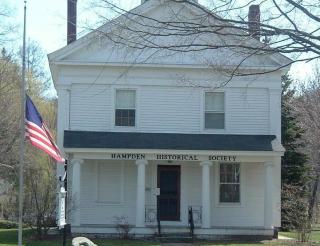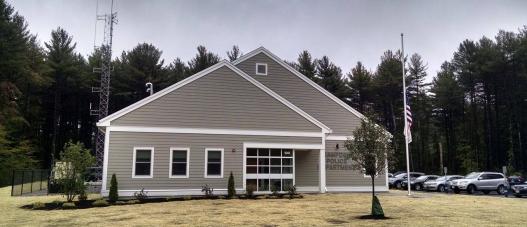Town History

Think of other villages and towns with which you are acquainted. Undoubtedly, you will recognize that many beginnings of settlements bordered upon streams or rivers. It was so with Hampden. The first grist and saw mills required the waters of the Scantic to provide them with power. Since their businesses had to be near the river, so also did the owners need to be close to their mills. So many of the earliest homes were built bordering the river or its tributaries.
The first settler who followed the Nipmuck Indians arrived in Hampden about 1741. Directly following him, the first sawmill was erected on the Scantic in the vicinity of the V.F.W. building.
During the first hundred years as South Wilbraham, Hampden was an agricultural town with Wilbraham as the "mother" town.
At the time of separation from Wilbraham in 1878, industries were becoming active in Hampden. There is every evidence that Hampden could have well turned into one of the many New England factory or industrial towns.
Several factors, however, changed the destiny of the town. The lack of transportation to deliver the materials manufactured is probably the greatest deterrent. When the proposed railroad from Stafford to Springfield failed, quarries and mills were forced to use limited facilities, thereby slowing delivery of goods.
Fires leveled some of the mills and, with the lack of marketing, other businesses failed. The advent of automobiles enabled men to find occupations outside of the town.
There was then the trend back to agriculture with many orchards developed throughout the area, with the herds of milk-producing cows, and with farmers growing their many crops.
At about this time numerous summer type vacation homes were built for Springfield residents who vacationed in Hampden. From these many year-round homes developed.
Now the mills and quarries, orchards and cows are about gone and Hampden has become a residential town.
The above text is from "A Century Walk along the Scantic 1878-1978" by Miriam Bryans & Helen Flynn Enslin, printed 1978.


